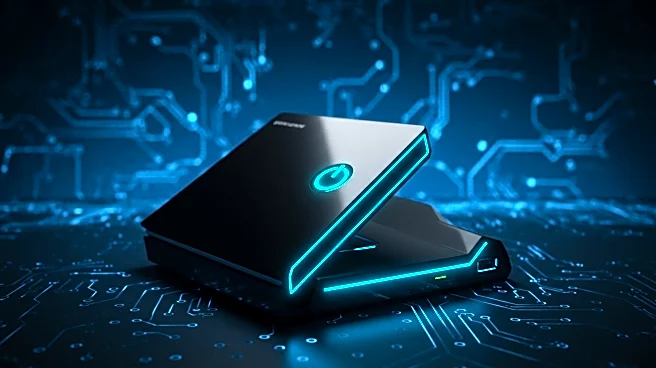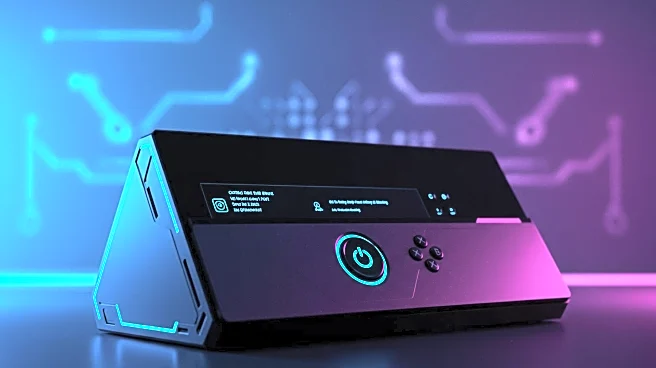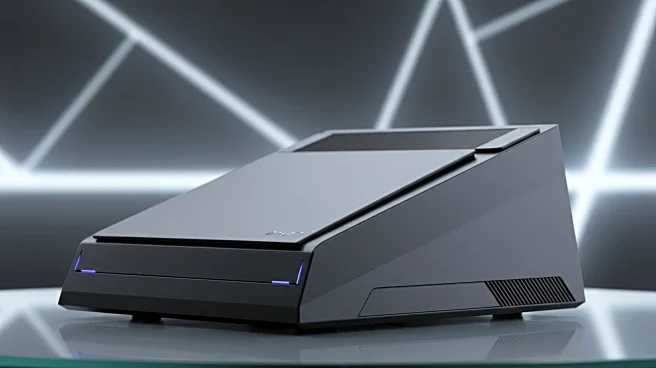What is the story about?
What's Happening?
Valve's rumored 'Fremont' console has appeared on Geekbench, showcasing specifications that include an AMD Custom chip with six cores and 12 threads, running at 3.2 GHz. The device, initially mentioned in an HDMI CEC test, is designed to connect to TV sets and features AMD's Radeon RX 7600 discrete GPU. Despite expectations of it running SteamOS, the Geekbench listing shows it operating on Windows 11 Pro. This development raises questions about Valve's strategy, as the company has previously launched devices like the Steam Deck with older technology, focusing on affordability rather than cutting-edge specs.
Why It's Important?
The appearance of 'Fremont' running Windows 11 instead of SteamOS could indicate a shift in Valve's approach to its console offerings. This move might affect the gaming industry by introducing a new competitor in the living room gaming space, potentially challenging existing consoles like the PlayStation and Xbox. Valve's focus on affordability could make 'Fremont' an attractive option for gamers seeking a secondary device, similar to the Steam Deck's market positioning. The choice of older AMD hardware suggests Valve is prioritizing cost-effectiveness over high-end performance, which could influence consumer expectations and purchasing decisions.
What's Next?
Valve's next steps with 'Fremont' remain uncertain, but further appearances on benchmarking platforms or official announcements could clarify its intended operating system and market positioning. Stakeholders, including gamers and industry analysts, will be watching for updates on whether Valve will continue with Windows 11 or revert to SteamOS. The pricing strategy and release timeline will be crucial in determining 'Fremont's' success and its impact on the gaming console market. Valve's historical approach suggests a focus on affordability, which could lead to competitive pricing against other mainstream consoles.
Beyond the Headlines
The decision to use Windows 11 could have broader implications for Valve's ecosystem, potentially expanding its reach beyond traditional SteamOS users. This might lead to increased compatibility with a wider range of software and applications, enhancing the device's versatility. Additionally, the choice of hardware and operating system could reflect Valve's strategic response to evolving consumer preferences and technological advancements, influencing future product development and partnerships within the gaming industry.
AI Generated Content
Do you find this article useful?











